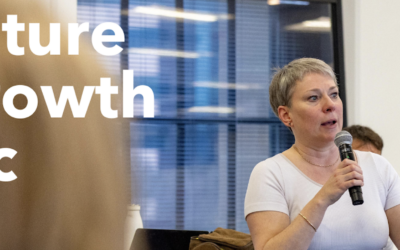Satyajit Das is one of Australia’s leading thinkers on the topic of innovation, business and globalisation. He is a former financier. He anticipated the 2008 financial crisis and has been prescient in outlining subsequent developments. In September 2014, Bloomberg included him as one of the 50 most influential people in international finance. He is speaking at the Sydney Writer’s Festival on the topic of innovation:
Over human history, technological progress has been linked to improvements in living standards. Policy makers everywhere have embraced innovation. More than that, those in power have used innovation to boost flagging growth and solve the problems of environmental change, without any impact on economic activity and wealth. Is this belief founded in reality or faith and hope? Global financial expert Satyajit Das looks behind the media hype and asks what we really mean when we say innovation.
In a recent interview, Satyajit Das suggests that what is currently passing for innovation – or disruption – is actually innovative destruction. He looks at the vast changes that innovation has generated in the “three industrial revolutions” as outlined by Robert Gordon, economist and Stanley G Harris Professor of Social Sciences at Northwestern University:
- First industrial revolution: Steam and coal
- Second industrial revolution: Electricity, petroleum, cars, communication and sanitation
- Third industrial revolution: Computing
Out of these three revolutions, Robert Green points out that the greatest impact has come from the second industrial revolution and that the third – the era of computing and the internet – has created no where near the impact of the second. Where the second industrial revolution created new industries (internal combustion, railways, utilities) and infrastructure on a grand scale, the third has turned its attention in on these advances, cannibalising the already existing markets without creating new markets into which they could grow.
By way of example, Satyajit Das points to the smartphone. This single device replaced 27 different business models and product lines – and Satyajit Das explains that this consolidation achieves its innovation outcome by destroying the revenue models of existing industries.
And this is why I am fundamentally very, very concerned that what people mistake as innovation is actually not really innovation at all, it’s a very destructive process that is going on.
Satyajit Das urges us to look to the big picture global economy and consider what will trigger large scale transformation. Food for thought.




